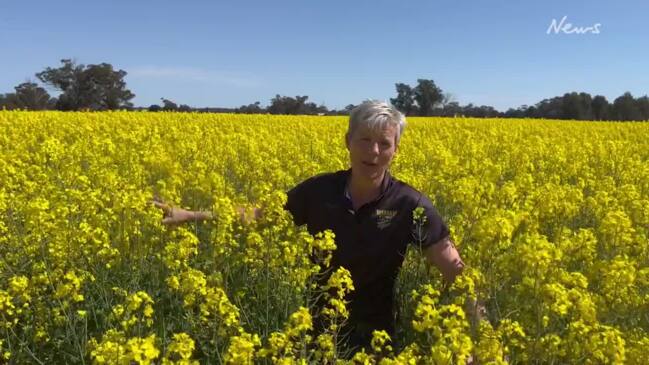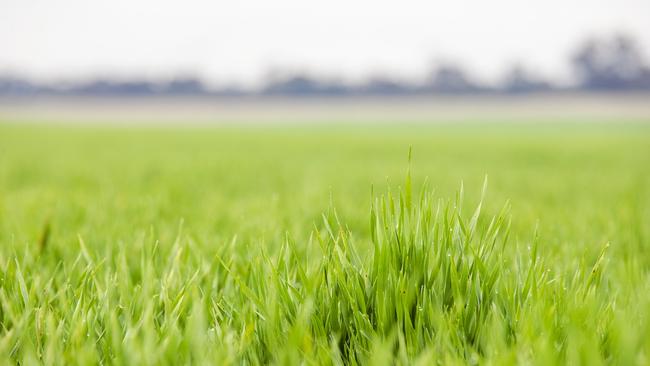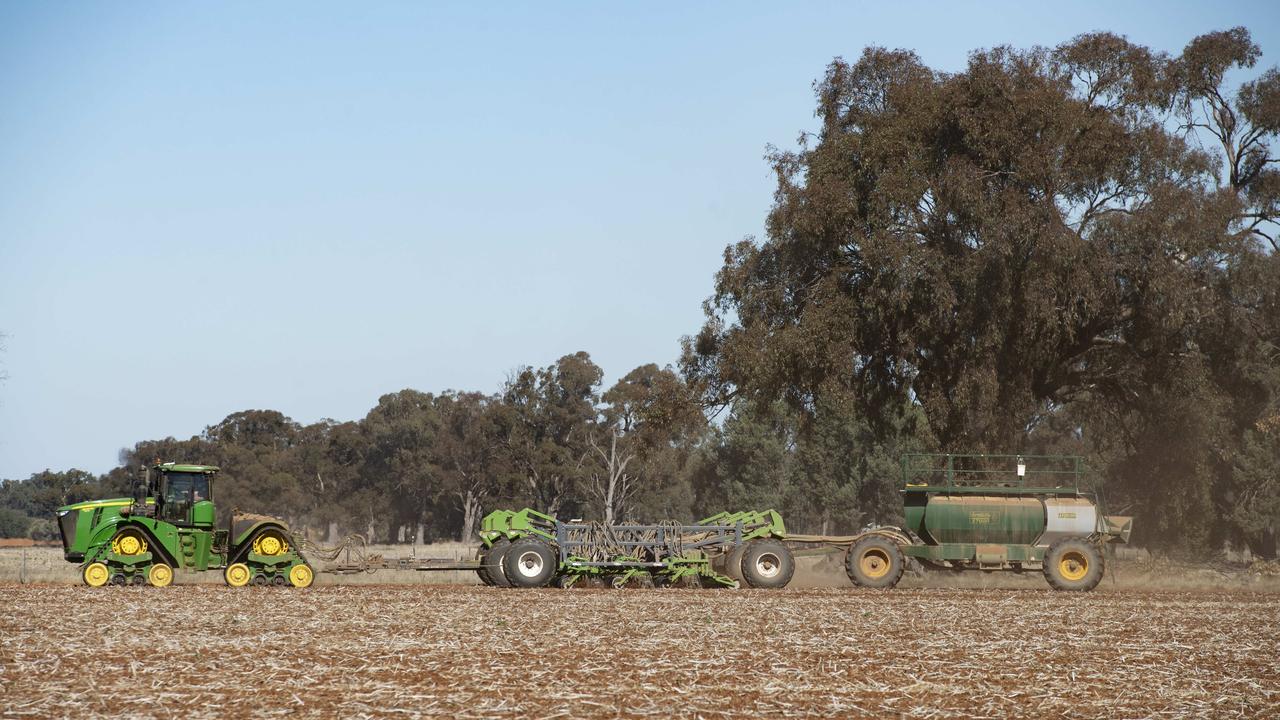Tough season impacts Western Australia’s yield
Western Australian farmers say late-season finishing rain is needed to boost winter crops. See the latest crop projections.

Crop projections for Western Australia have been revised down due to the lack of finishing rain.
The latest Grain Industry Association of Western Australia crop report for September projects a winter crop total tonnage of 16,858 million tonnes, which is revised from the August figure of 17,438 million tonnes set last month.
GrainGrowers chairman and York, Western Australia farmer Rhys Turton said the grain-growing areas of the state needed at least 20mm of rain soon.
He said harvest in his area was about two months away and would start in a month’s time in the north.
“The last significant rain we have had through the central wheat belt was a few weeks ago, and it has been fairly warm ever since,” he said.
Mr Turton said the daytime temperatures had been hitting around 20C, and crops were drying out.
“I am hearing that there is a pinch off in the season at the end,” he said.
Mr Turton said he was not at all surprised by the GIWA figures.
“If you look at our place, two weeks ago it was looking fantastic, and now it’s not,” he said.
“We all need to see a good finishing rain to help get us through to harvest,” he said.
Bureau of Meteorology figures show York has had 16.5mm of rain for the past month and nothing in the past week.
At Dalwallinu, just 4.4mm has fallen for the month.

The GIWA cites a lack of spring rainfall across the key growing areas for the downward projection in yields.
“The state’s crop was in very good shape until recently and the potential tonnage was climbing,” the report stated.
Grain yields had started to drop in many regions of the state, with the large wheat area being the most affected.
The report stated around 500,000ha more wheat area was planted this year compared to last.
Nearly 900,000ha of crop had been planted on fallow, which is three times the area planted on fallow last year.
Despite frost pressure in the eastern states with southern NSW and Victoria affected Western Australian crops have not had frost damage.
Department of Primary Industries and Regional Development senior research scientist Dr Ian Foster said rainfall from April to August throughout Western Australia was lower than normal for most of the southeastern cropping areas.
“September has seen little rain for eastern regions and parts of the South Coast, and coupled with above-normal temperatures, soil moisture storage is lower than normal over much of the cropping area,” he said.




